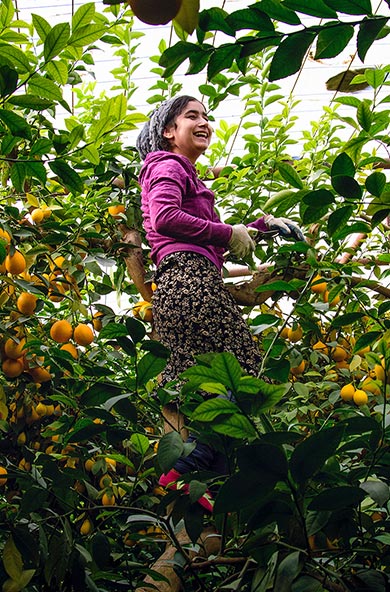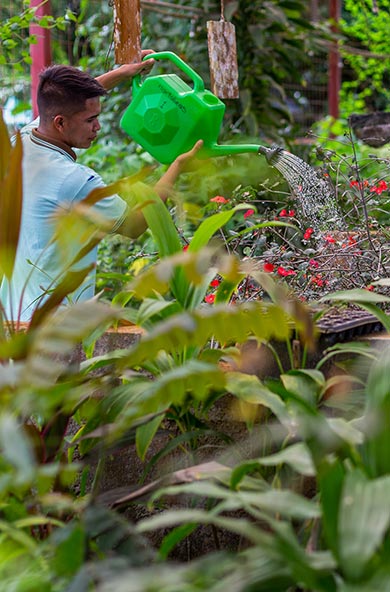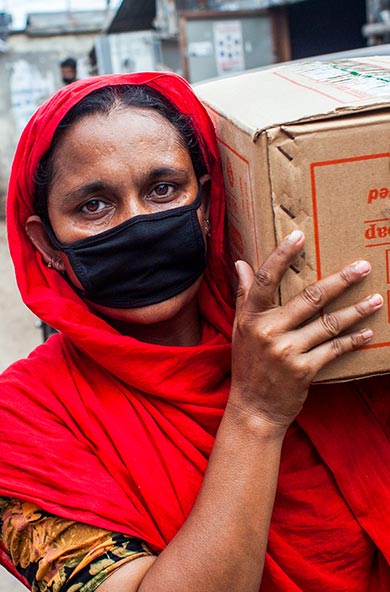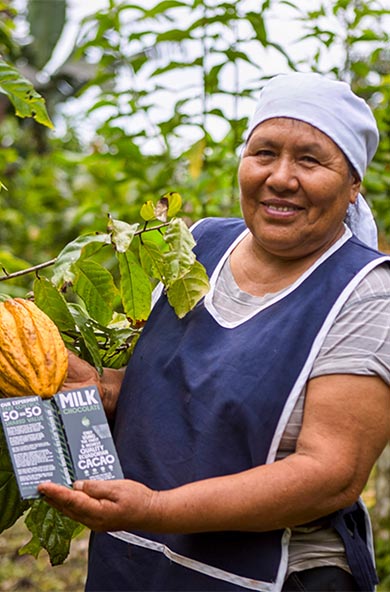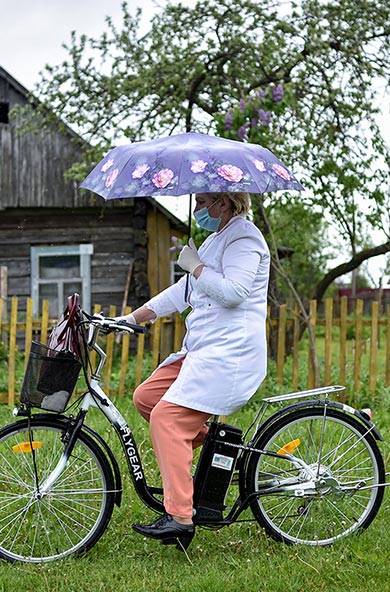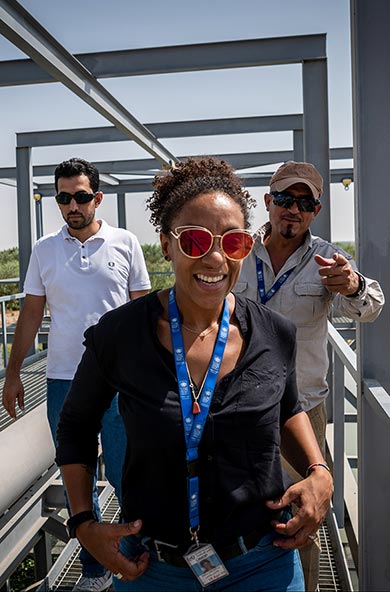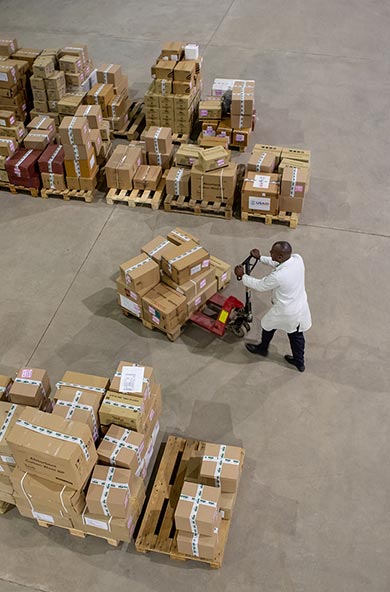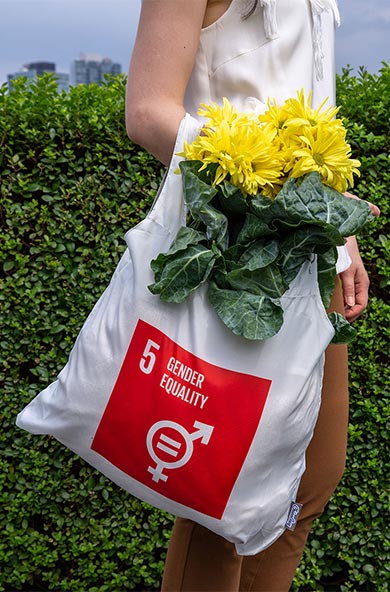Low birth rates, high migration and low immigration are some of the reasons why Serbia has one of the world’s fastest shrinking populations. At the present rate, by 2100, it is estimated that the country’s population will drop by a quarter. And when Serbia joins the EU, around 2025, migration rates will most likely increase.
Because it’s mainly young people who leave, a decreasing population means a smaller work force, a shrinking tax base, abandoned villages and an ageing population.
Now is the time to build opportunities and reasons for people to stay.
Depopulation is a multi-faceted development challenge. Inequalities within and between countries, the absence of opportunities to lead a fulfilling life, poor healthcare, and a lack quality education, decent employment and cultural offerings, all contribute to it.
Tackling these aspects one by one will not do the trick: a piecemeal approach will miss how issues are connected and how potential solutions could compound progress.
That’s why we at UNDP are supporting Serbia with an integrated development approach based on the Sustainable Development Goals (SDGs). Many different solutions are available in the country if depopulation is considered in an integrated way, and not just as an issue of migration or fertility.
Tech opportunities
Leveraging the thriving tech sector could be one way forward. The Digital Serbia Initiative, which invests in local start-ups and encourage foreign businesses to move to the country, is one example of a promising economic development.
Engaging the country’s diaspora, estimated at four million people, is another way. The money expatriates send home is equivalent to nine percent of the country’s GDP, but leaving Serbia typically means breaking ties. Diaspora groups such as the Serbian Entrepreneurs and Serbian City Club have the potential to encourage investments and connections with the country.
We are also exploring opportunities in the care economy. With an ageing population, a new service economy can emerge, offering jobs for Serbians and people from other countries.
Investing in local development is a fourth way. Harnessing the active cultural and sports scene and investing in agricultural value chains could help make small towns and rural areas more attractive places to live.
Challenging cultural norms
Challenging cultural norms about what it means to be a parent may also offer solutions for young families. A more equal sharing between women and men of income-earning, household, and childcare responsibilities could encourage more young people to start families.
These possibilities show that depopulation, if considered in an integrated way, can be an opportunity to reshape the way Serbia is understood and defined as a good place to live.
This work is an example of our SDG integration offer which tackles the underlying systems that make up a complex challenge, drawing on policy, innovation, data and financing expertise. It’s an acknowledgement that we are not moving fast enough to meet the SDGs and that we need to rethink issues and the way we work if we are going to reach the 2030 targets.
Long term, sustainable policies
In Serbia we support the government in framing depopulation to build long-term, sustainable policies. Working with our Accelerator Lab, we’re experimenting with new kinds of data, most recently from LinkedIn, to understand migration dynamics and help build better policies. The Accelerator Lab is also looking into areas for potential experimentation in order to come up with innovative solutions – including around digital nomads and a better understanding of fatherhood.
Our next steps include rolling out a studio methodology, scheduled for January 2020. The aim is to identify alternatives to the current development path by bringing together experts of different backgrounds and skills to map the ‘architecture of depopulation’ and identify ten solutions.
Serbia’s challenge is a microcosm of a larger problem that many countries are facing, and research suggests that global depopulation might be one of the biggest challenges of the future. Our goal is to understand, together with our partners, what can be done to create an environment that encourages people either to stay, or to stay actively invested in their home country while they’re away. Watch this space.
To find out more about how UNDP supports countries to tackle complex development challenges, click here.
Follow us on: @f_pickup @UNDPSerbia and @UNDP_SDGs #SDGintegration

 Locations
Locations